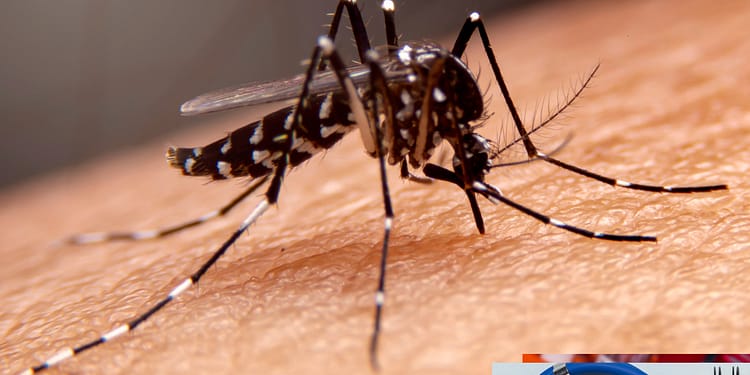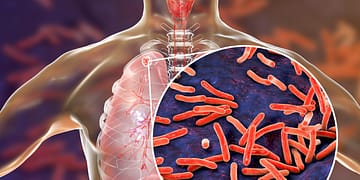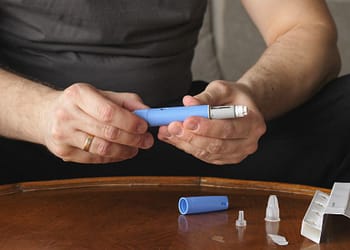Dengue, a viral infection transmitted by Aedes mosquitoes, is a growing threat in various tropical and subtropical regions, causing symptoms such as fever, intense body aches, and even bleeding in severe cases. With millions affected each year, it is crucial for travelers to know how to protect themselves and what to do if they develop symptoms. This information is based on a study by Thomas M. Yuill, PhD, of the University of Wisconsin-Madison, who analyzes the characteristics and prevention of dengue for travelers.
1. What is dengue and how is it transmitted?
Dengue is caused by a virus that is transmitted through the bite of infected mosquitoes, especially of the species Aedes aegypti, known for biting during the day. The virus affects 50 to 100 million people worldwide each year, causing public health problems, particularly in Southeast Asia and Latin America. In the U.S., dengue cases are mostly “imported,” meaning contracted abroad and brought into the country by travelers, according to Dr. Yuill’s report. However, in states such as Florida and Texas, locally acquired infections have already been reported due to the spread of the mosquito. Aedes.
2. Expansion of dengue to new areas
Thanks to factors such as climate change and globalization, dengue has spread to areas where it was previously not found, such as parts of the southern United States. Travelers to countries with high incidence of dengue should be alert, as they can be exposed to the virus and bring the infection back to their places of origin, increasing the possibility of transmission in their communities, as highlighted in Yuill's study.
3. Symptoms: Know the phases of dengue
Dengue can occur in three phases, according to Dr. Yuill's analysis:
- Febrile phase: sudden onset of fever, accompanied by chills, headache, severe joint and muscle pain ("breakbone fever"), and extreme fatigue.
- Critical phase:After a slight improvement, symptoms may return with greater severity, with possible bleeding and shock in extreme cases.
- Recovery phase: Symptoms begin to subside, although it may take several days until complete recovery.
For travelers, it is essential to recognize these signs in order to seek timely medical attention.
4. Risk of contagion: Dengue is not transmitted between people
Dengue is not transmitted directly between people; the virus needs a mosquito to spread. Aedes that bites one infected person and then another, according to Dr. Yuill's study. Although it is rare, there are cases in which the virus has been transmitted from mother to child during pregnancy and has been detected in breast milk.
5. Prevention and precautions: There is no universal vaccine
The only dengue vaccine currently available in the U.S. is for children who have had a previous infection and live in areas where dengue is common. For those who do not have access to this vaccine, Dr. Yuill stresses that the best defense is to avoid bites by using insect repellents, wearing long-sleeved and light-colored clothing, and sleeping under mosquito nets.
6. Tips for travelers
Travelers should consult a travel medicine clinic before going to risk areas. Additionally, it is helpful to monitor reports from health agencies such as the Centers for Disease Control and Prevention (CDC) to get an up-to-date idea of the risk of dengue at their destination, as Dr. Yuill suggests.
Practical recommendations for the trip:
- Use approved insect repellents.
- Wear clothing that covers arms and legs.
- Sleep in rooms with air conditioning or mosquito nets.
7. Watch for symptoms after your trip
Dengue symptoms can appear between 3 and 15 days after exposure. According to Dr. Yuill, it is important for travelers to inform their doctor about their recent trips if they feel sick, as an early diagnosis can make a difference in care.
For more details on dengue, see resources from the Centers for Disease Control and Prevention (CDC) or the full study by Dr. Thomas M. Yuill at the University of Wisconsin-Madison.






